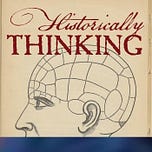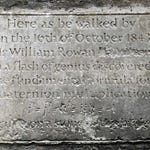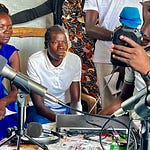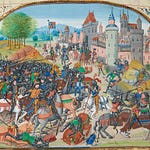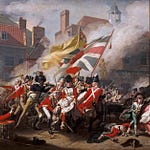Originally published on April 22, 2020 (Episode 156)
Introduction
Trees, as you may know, have rings. I don’t know about you, but I remember the wonder I first felt when my dad showed me tree rings. He explained that I could tell about the tree’s life from the rings: wide rings from years of plenty of rain, and thin ones from years of drought.
Those tree rings turn out to be remarkably useful not just for telling us about a tree’s past, but about that of the world in which it grew. Which means, in a funny way, that trees can tell us something about what it meant to be human—and indeed what it means to be human, at least insofar as we can measure in trees the effects of our causes.
With me to discuss trees, their history, and human history, is Valerie Trouet, author of Tree Story: The History of the World Written in Rings.
About the Guest
Valerie Trouet is Associate Professor and University of Arizona Distinguished Scholar in the Laboratory of Tree-Ring Research at the University of Arizona. She is a dendrochronologist whose work explores the intersections of tree-ring science, climate history, and human society.
For Further Investigation
Valerie Trouet, Tree Story: The History of the World Written in Rings (Johns Hopkins University Press, 2020)
The amazing bristlecone pine: National Park Service resource
A.E. Douglas, astronomer and dendrochronology pioneer: Laboratory of Tree-Ring Research
Listen & Discuss
What stands out to you in this episode? Share your thoughts in the comments below — and consider forwarding this post to a friend who would enjoy the conversation.

